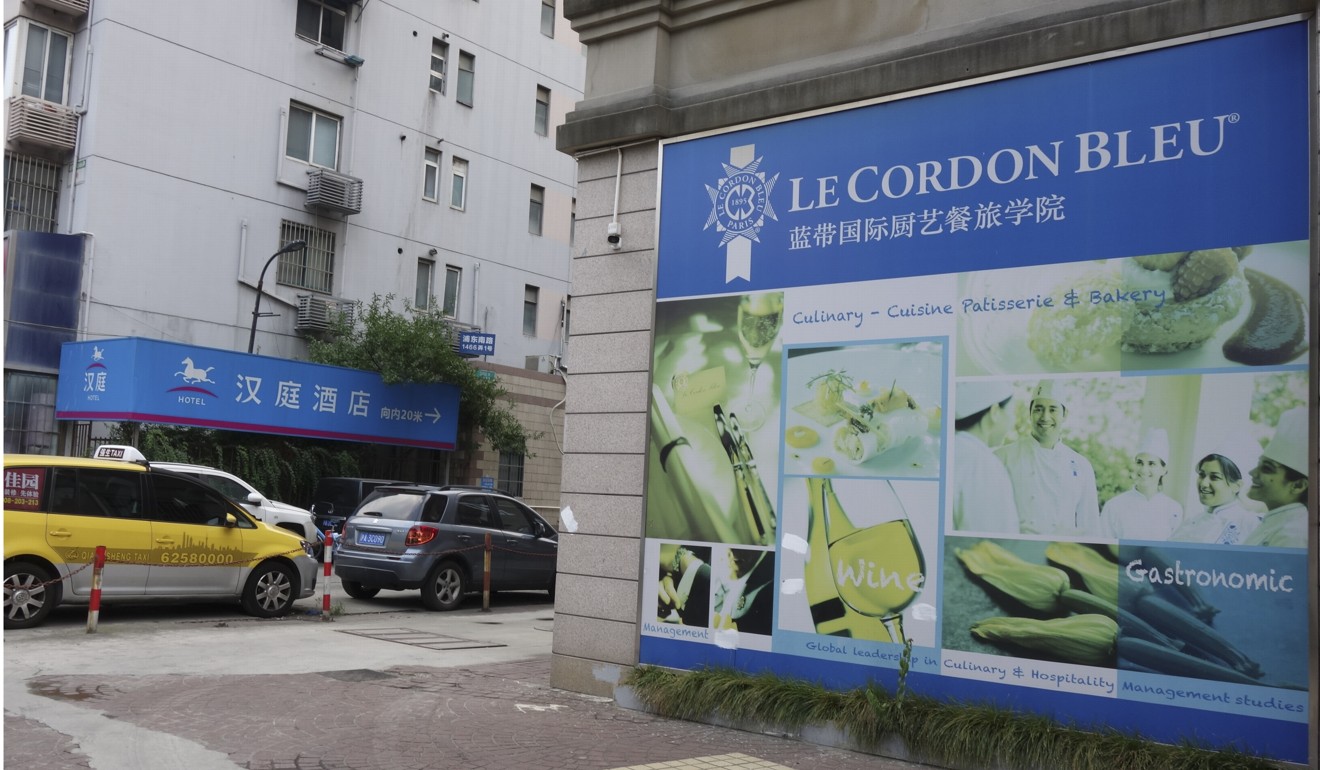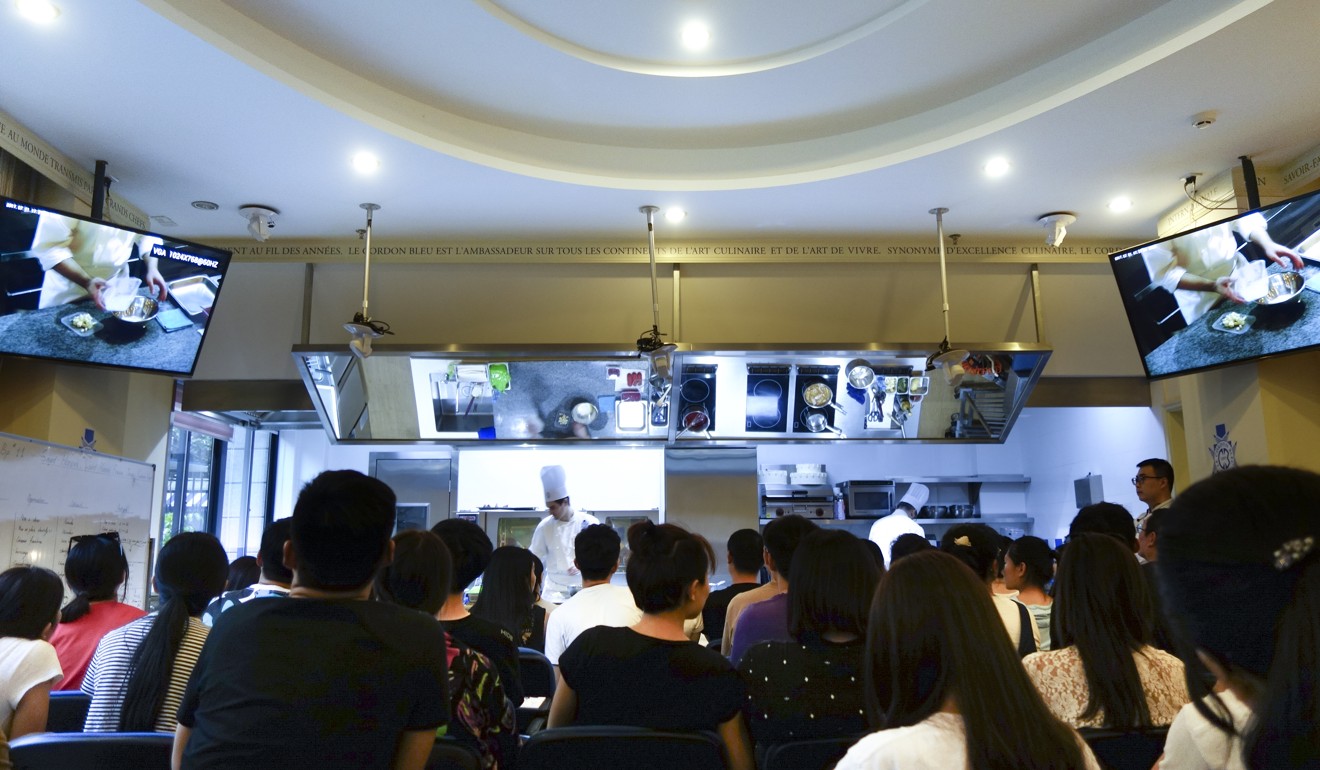South Sudan: Congo-Nile Canal Will Save Egypt, Avert War, Make Juba Hub of Africa
By Joe Odaby http://southsudannews.org/south-sudan-congo-nile-canal-will-save-egypt-avert-war-make-juba-a-hub-of-african-north-south-hook-up112713
Juba, South Sudan — November 27, 2013 (SSN) …The leading South Sudanese think-tank, The Fashoda Institute of Strategic and Regional Studies, has published a strategic analysis of why and how the Egyptian Government is reviving a three-decade-old old idea — one going back to the Anwar as-Sadat Administration — to resolve the country’s acute water crisis.
Egypt is reconsidering the idea of a canal diverting waters from the Congo River into the White Nile near Juba, South Sudan, and thus markedly increasing the quantities of water which would eventually reach Lake Nasser behind the Aswan Dam. According to the Egyptian calculations, the quantities of water required to revolutionize the state of the Nile water reaching Egypt would be a minuscule 微小的 amount of the Congo’s flow.
Ultimately, the country which would be most affected by the Congo-Nile Canal project — if it could ever be implemented — would be the Republic of South Sudan.
Fashoda Institute states that Egypt’s Nile water crisis has been markedly aggravated, politically, in recent years as Ethiopia continues building the Grand Ethiopian Renaissance Dam (GERD) on the Blue Nile, which many Egyptians have claimed would reduce the flow of Blue Nile waters to Egypt: “The Ethiopian Government has said that all studies point to the reality that the impact on water flow would be minimal. The former Egyptian Government of Mohammed Morsi, however, used the charge against Ethiopia as a political distraction from the turmoil in the months leading to Morsi’s removal”.
Think-tank asserts that from Egypt’s standpoint, Ethiopia’s concurrent Nile policy goes beyond potentially affecting the quantities of Nile water available for Egypt. In 2010, Ethiopia launched the Nile Basin States Initiative and challenged Egypt’s long-held posture as the dominant authority over the use and distribution of the Nile waters. Presently, the Nile Basin Upstream States have a decisive say over the use of water in their territories. This is a national trauma for Egypt; both the Government and the people.
Initially, Cairo started preparing for a major confrontation and even war with Ethiopia over the GERD project. Both the Hosni Mubarak and Morsi administrations pursued the crisis and war options very seriously despite the domestic upheavals since 2010. Still, Cairo could not alter the profound change in the correlation of forces along the Nile. The outcome of the initial phase of the Egyptian-Ethiopian crisis demonstrated to all, in the words of French-Tunisian geographer Habib Ayeb, that “Egypt no longer owns the Nile”.
“The Congo-Nile Canal designs are being undusted as perhaps the only viable solution to Egypt’s impending plight”, writes the Fashoda Institute. “By conservative calculations, the Canal could provide Egypt with 95-billion cubic meters of water annually, almost doubling the current share of 55.5-billion cubic meters. While such a diversion of water would be dramatic for Egypt, it would represent a minuscule 微小的 quantity for the Congo River because about 1,000-billion cubic meters of Congo waters pour into the Atlantic Ocean every year.”
Most intriguing is the study, conducted by Professor Gamal al-Kalyouby of the American University of Cairo, completed in September 2013. Although Professor Kalyouby insists that his study is a pure academic endeavor, senior Egyptian defense officials suggest otherwise. Indeed, the Government’s Egyptian Mineral Resources Authority conducted the comprehensive geological, geographic, and hydrological studies which provided the data used by Professor Kalyouby in his study. Formally, however, senior officials, including Egypt’s Minister of Water Resources and Irrigation Muhammad Abdel Matlab, distance Cairo from the project on the basis of a myriad 大量 of legal and financial reasons. But numerous experts concur 同意 that these excuses are quite irrelevant if not factually wrong.
According to Professor Kalyouby’s study, the best solution for delivering water from the Congo River to the Nile River is a 600km canal which would feed into the White Nile to the south of Juba, South Sudan. The water would then converge into the Nile Basin to northern Sudan and then to Lake Nasser, behind the Aswan High Dam. The Egyptian Mineral Resources Authority’s data focuses on the 600km route because there is an altitude differential of only 200 meters between the Congo and the White Nile. The technical challenge of lifting the huge quantities of water could be implemented via four consecutive water-pumping stations. Moreover, the downstream flow of the added White Nile water could be harnessed to generate 300-trillion watts of electricity per hour: the equivalent of the entire lighting needs of Africa.
The Egyptian Mineral Resources Authority’s data also points out that the road and rail infrastructure which would have to be built to facilitate and support the Congo-Nile Canal would effectively fill the gap which currently exists between the transportation infrastructure of northern Africa and that of southern Africa. Consequently, there would emerge a unified road and railway network connecting the entire Africa from Alexandria to Cape Town.
The Egyptian Mineral Resources Authority estimates that the 600km long Congo-Nile Canal could be completed within 24 months, at a price of 8-billion Egyptian Pounds: roughly $1.16-billion. This estimate includes the digging of the canal, building the four pumping stations, and all transportation and support infrastructure for the project. If correct, this cost estimate is minuscule compared, for example, to the Chinese price-tag of $25.5-billion for the Lamu mega-port complex in Kenya.
Little wonder that Cairo is quietly testing the water in the Democratic Republic of the Congo (DRC).
Egyptian businessman Ibrahim al-Fayoumi is known to be tacitly pursuing initial steps under the cover of his extensive infrastructure and mining projects in the DRC. Fayoumi is one of the most prominent investors in the country and also has the reputation of being extremely close to the defense and intelligence establishment in Cairo. Congolese senior officials confirmed Fayoumi’s assertion that official Kinshasa was most interested in the Congo-Nile Canal idea, given the anticipated flow of cash, as well as in return for international recognition and legitimization.
The Congolese officials added that both President Joseph Kabila and Prime Minister Augustin Matata Ponyo “support in principle the [Congo-Nile Canal] initiative”.
While Egypt and the DRC would be the prime beneficiaries of the Congo-Nile Canal project, South Sudan would be the country most affected because of the dramatic increase in the quantities of water carried by the White Nile. South Sudan has the unique Sudd wetlands eco-system which a dramatic increase in the flow of the White Nile would destroy. Therefore, South Sudan would need, at the very least, to complete and expand the Jonglei Canal in order to avoid major damage to the Sudd wetlands. The digging of the 360km long Jonglei Canal started in 1981 but was brought to a halt in 1984 by the escalating liberation war. By that time, 240km of the canal’s total of 360km had already been excavated. Presently, the thick vegetation and land erosion reclaimed much of the completed canal work. As well, South Sudan would require the construction of extensive power and transportation infrastructure in order to sustain the building of the Jonglei Canal.
Significantly, time is uniquely suitable from a security point of view.
In early October 2013, David Yau Yau, the main rebel leader in Jonglei State, responded positively to President Salva Kiir Mayardit’s recent initiative to invigorate and press for national reconciliation. For the first time, Yau Yau expressed interest in talks with official Juba and did not rule out cessation of hostilities. Yau Yau’s revolt was the primary source of the debilitating violence in Jonglei State which made any major projects impossible.
“Juba is active in the various Nile Basin organizations and groups”, points out the Juba-based think-tank. “In May 2010, Addis Ababa initiated the formation of the Nile River Basin Commission of the, then, five states of the Nile sources. The states signed the New Nile Cooperative Framework Agreement reorganizing water-management and construction projects. The treaty formed a commission to approve or reject all large-scale hydraulic projects, dams, canals, and anything else which would have an impact on the course, volume, or quality of the Nile’s waters. South Sudan was admitted as the member on July 5, 2012. On June 19, 2013, South Sudan took over the rotating leadership for 2013-14. The NILE-COM agenda for the year includes providing strategic guidance for improved efficiency and effectiveness, as well as formulate long-term work plans and complete a number of strategy and policy documents”.
South Sudan also assumed membership in the traditional Nile Basin Initiative which is comprised of all the nations along the Nile River from the Equator to the shores of the Mediterranean. On August 16, 2013, South Sudan’s Council of Ministers unanimously passed a resolution endorsing Juba’s bid to join the Nile Basin Initiative. This was the first act of the new Cabinet appointed by Pres. Salva Kiir on July 31, 2013. The Cabinet discussed and approved the framework document regarding the Nile Basin Initiative. The mere focusing on the Nile Basin Initiative in the first meeting of the new Government is a manifestation of the great importance of Nile Basin policy for Kiir’s Juba.
“Ultimately, geography plays the winning hand for Juba”, concludes the Fashoda Institute.
South Sudan could become Africa’s continental hub, a juncture of the emerging trans-African west-east route between Cameroon on the Gulf of Guinea and Kenya on the Indian Ocean which is expected to emerge in the wake of the new energy and minerals export routes, and between the possible trans-African north-south route between Egypt on the Mediterranean and South Africa’s Cape of Good Hope which would emerge should the Congo-Nile Canal become a reality.
Thus, as the current leader of the NILE-COM, President Kiir’s Juba has a unique opportunity to play an historic role in moving Africa’s water, energy, and transportation basin to the future era.
延伸閱讀: 中國電力建設集團有限公司籌500億美元救乍得湖 http://blog.sina.com.cn/s/blog_b96391280102ycce.html
Shows the height above sea level of the Nile at different points.
Source:
http://www.mbarron.net/Nile/newbigmap.jpg
Shows
the flowrate of the Nile at different times at the year.
Source:
http://www.mbarron.net/Nile/newbigmap.jpg
阿特巴拉河(羅馬化:Nahr 'Atbarah)發源於非洲東北部的埃塞俄比亞西北,塔納湖以北約50公里和貢德爾以西30公里,流經805公里,在蘇丹中北部的阿特巴拉(17.677°N 33.970°E)跟尼羅河匯合,支流特克澤河可能是阿特巴拉河的真正上游部分,因為特克澤河在匯合前的河道較長。 在尼羅河流入地中海前,阿特巴拉河是最後一條流入尼羅河的支流。阿特巴拉河在全年大部分時間與小溪無異,只在夏天雨季有大的流量。
Source:
https://en.wikipedia.org/wiki/Atbarah_River
---------------------------------------------------------------------------------------------------------------------------------
The Nile, its
tributaries, and the countries of the region
Source:
https://en.wikipedia.org/wiki/Water_politics_in_the_Nile_Basin#/media/File:River_Nile_route.jpg
延伸閱讀: 南水北調之十三級提水, 總揚程
65 公尺 http://blog.sina.com.cn/s/blog_b96391280102xs6u.html
------------------------------------------------------------------------------------------------------------------------------------
22 reasons for rejecting project to connect the Nile and the Congo rivers Al-Masry Al-Youm January 20, 2015 https://www.egyptindependent.com/22-reasons-rejecting-project-connect-nile-and-congo-rivers
The Ministry of Water Resources and Irrigation has officially turned down a project to connect the Nile and the Congo rivers.
The ministry sent a technical report to President Abdel Fattah
al-Sisi and Prime Minister Ibrahim Mehleb stating 22 reasons for
refusing the project as follows:
1. The proposed project to transfer 110 billion cubic meters of
water per year did not pass through the globally known cycle of projects
from the feasibility study stage to the final report.
2. It did not specify how the water would be directed from the
Congo River to the stream that will be created. Instead, it only
referred to a dam that would be built on the Congo River. Also, it did
not provide any hydrological information about the flow of the water at
the point of transfer for a sufficient period of time.
3. It did not specify the number and longitudinal and lateral
sections of the pipelines, which should be 550 pipes of a 2.0-meter
diameter over a length of 600 km.
4. It would need several pumping stations to pump more than 800 cubic meters, including the waste, which would cost a lot.
5. It did not specify the number of pumping stations and their locations.
6. It did not specify the source and amount of electrical power
needed for the stations, which would be more than 30,000 MW. This would
be a difficult challenge because the electrical power available in Egypt
is 24,000 MW.
7. It did not specify the annual cost of the energy needed to run the stations.
8. It did not specify the locations of the 18 proposed dams that
would generate the hydroelectric power, their heights or their
specifications.
9. It did not provide the longitudinal and lateral sections of the
stream in southern Sudan, which should be 1,000 to 1,500 meters with a
depth of 5.0 meters over a length of more than 1,600 kilometers until
the Egyptian border.
10. It did not provide any information about the intersections of
the proposed long waterway with the numerous natural waterways in the
area or specify the type of facilities required at those intersections.
11. The proposed route of the waterway in southern Sudan passes
through swamps where huge amounts of water are lost. Consequently, any
new surface water in this area will be lost too.
12. It did not specify the path of the waterway and its dimensions
within the Egyptian border. And as the Nile River cannot absorb any
additional quantities of water at the moment, a new river would be
created in the Egyptian desert at a huge cost, in addition to pumping
stations and many other water facilities.
13. The initial estimated cost of the major works is exorbitant.
14. It did not provide any cadastral studies or tests for the soil to determine the path of the pipelines.
15. It did not compare the cost per cubic meter for transferring
water from the Congo River to Egypt with the cost per cubic meter for a
desalination of the sea water.
16. It did not specify the source of funding for the project, its financing conditions and its payment method.
17. It did not specify the risk for such a long waterway passing
through geographically disparate regions and security unstable tribal
areas, which was the case during the implementation of the Jonglei Canal
in southern Sudan.
18. It discarded the legal dimension of the proposal, as the Congo
River Basin includes several states. And it did not mention that the
Congo agrees to withdraw water from its river, or that Sudan and South
Sudan approve of the project, especially that the project would not
benefit any of these countries.
19. There were proposals to transfer the Congo River water to Lake
Chad and to Libya that the Congo had rejected because its Constitution
prohibits the transfer of water out of the country without the consent
of the people through a referendum.
20. Other countries may request to transfer to them part of the
Nile water from Egypt by the same token if the Nile Basin countries
agree.
21. We should remember that Egypt and Sudan have for 40 years
failed to build the Jonglei Canal over 360 km to pass 4 billion cubic
meters of water before we start thinking about transferring 110 billion
cubic meters for a distance of more than 3,000 km.
22. It would be more useful to take advantage of the tremendous
amount of water that is currently lost by evaporation and transpiration
in the swamp area of southern Sudan, especially that there are studies
about this since the 1940s that we can benefit from.
----------------------------------------------------------------------------------------------------------------------
延伸閱讀:



















